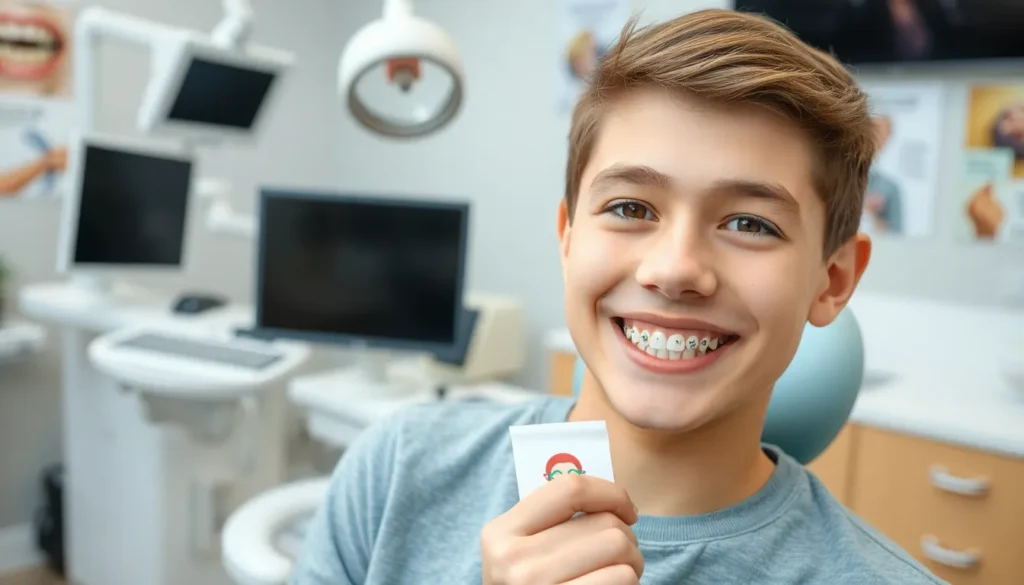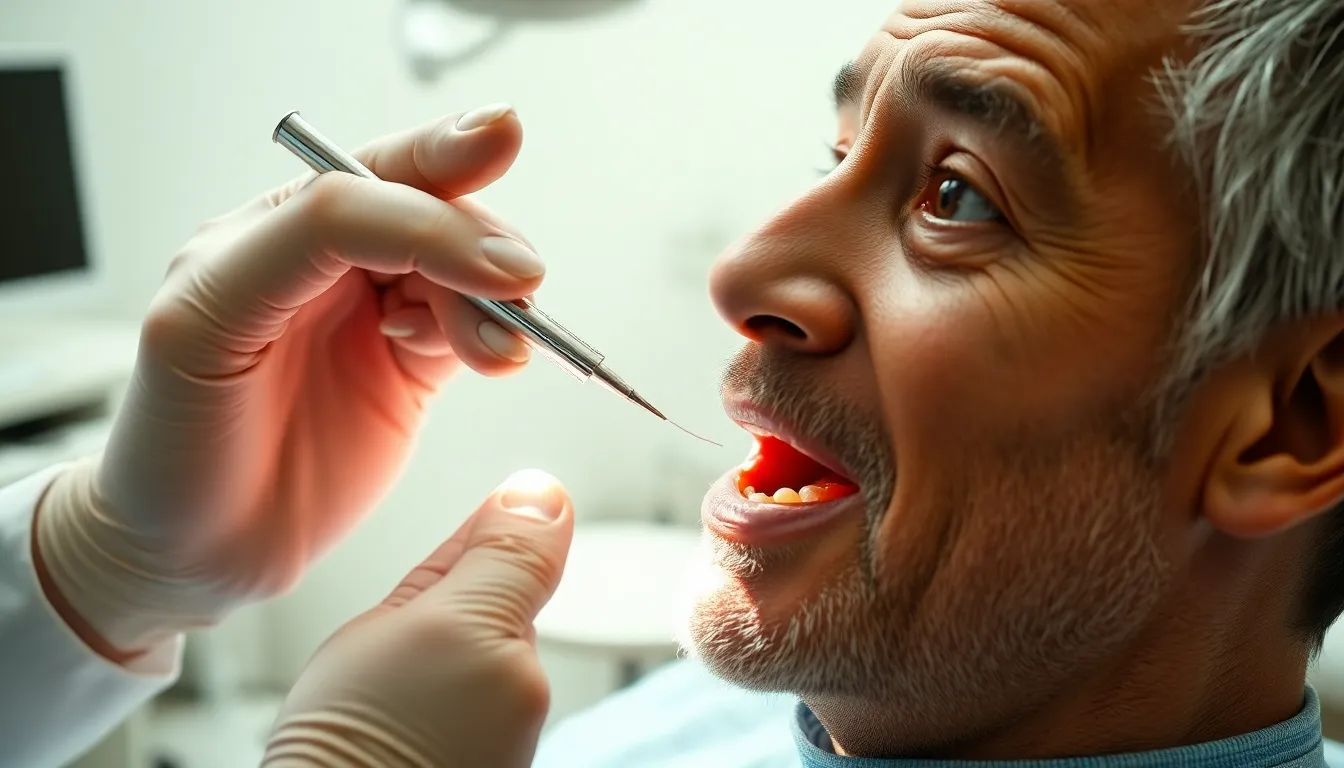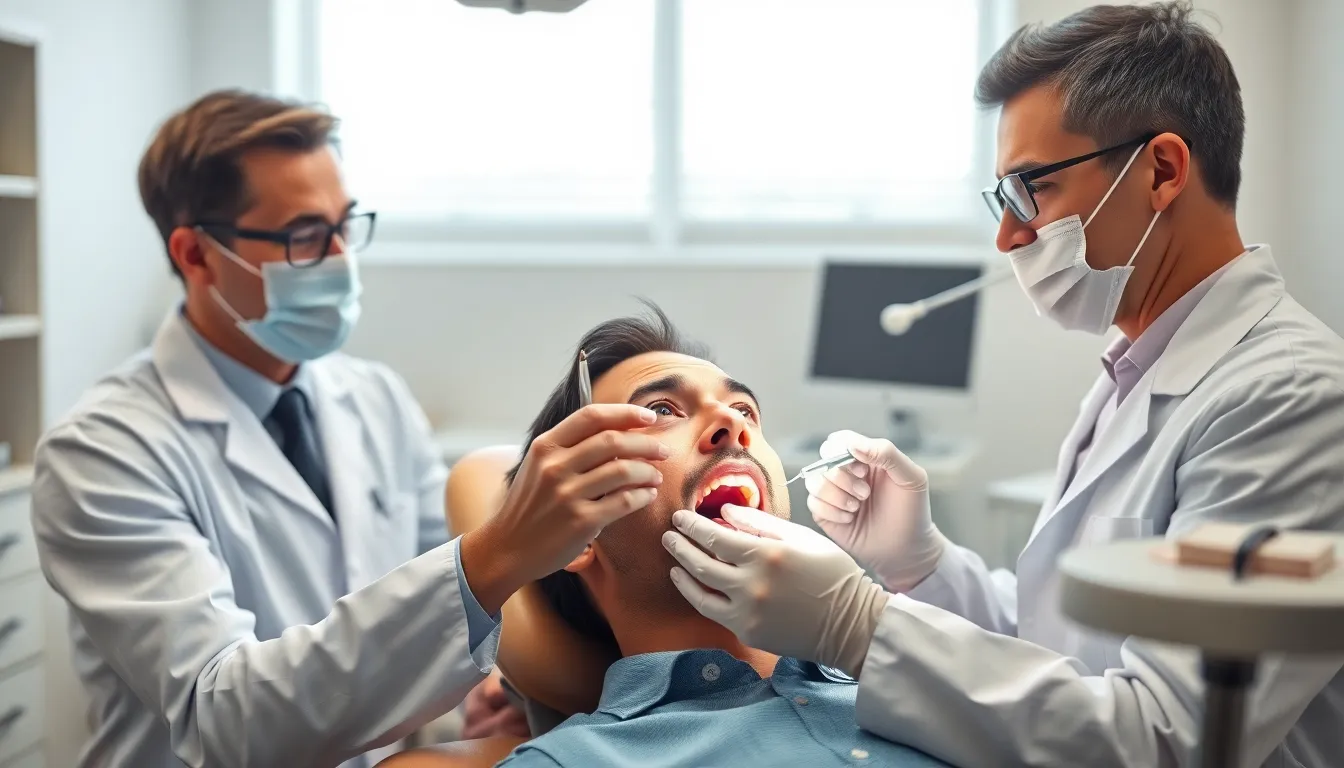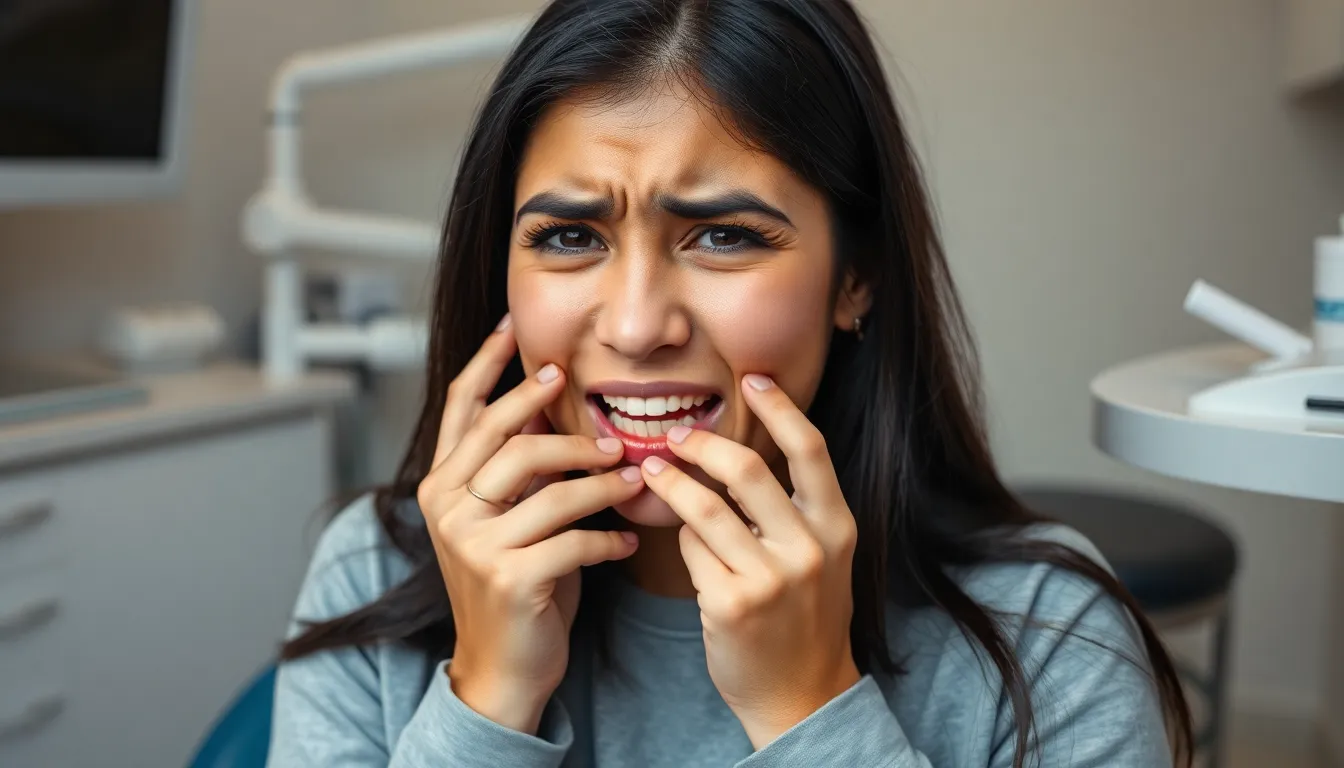Ever wondered about the stages of braces rubber bands in your orthodontic journey? These tiny elastics play a crucial role in aligning your teeth and correcting your bite, yet many patients don’t understand their purpose or progression.
When you’re wearing braces, rubber bands typically enter the picture after the initial alignment phase. Your orthodontist will introduce them strategically to apply targeted pressure to exact teeth, helping to close gaps, correct overbites or underbites, and fine-tune your smile. The timing, placement, and strength of these elastics evolve throughout your treatment, with each stage carefully designed to move your teeth into their ideal positions.
Understanding Braces Rubber Bands in Orthodontic Treatment
Orthodontic rubber bands, often called elastics, play a crucial role in your braces treatment beyond what the brackets and wires can accomplish alone. These small but mighty components create the necessary force to align your jaw and teeth into their proper positions. Unlike the fixed parts of your braces, rubber bands are removable components that you’ll need to manage daily during exact phases of treatment.
“I remember a patient named Emma who was initially frustrated by her rubber bands,” Dr. Todd B. Harris recalls. “She struggled with the routine of changing them multiple times daily, but once she saw how quickly her overbite improved after consistent wear, she became one of my most compliant patients.”
Orthodontists prescribe rubber bands to address exact alignment issues like overbites, underbites, and crossbites by creating tension between strategically placed hooks on your braces. The elastic force pulls your teeth in calculated directions, gradually shifting your bite into proper alignment. Most patients start using rubber bands several months into treatment, after the initial wire adjustments have aligned individual teeth.
Rubber bands come in various sizes (1/8 inch to 1/4 inch), strengths (light to heavy), and even colors to accommodate different treatment needs and patient preferences. Your orthodontist will select the appropriate specifications based on your unique case requirements and the current stage of your treatment plan.
Following your orthodontist’s instructions precisely about when to wear your elastics and how often to change them is essential for optimal results. Most patients need to replace their rubber bands 3-4 times daily since they lose elasticity after several hours of continuous wear. Consistent compliance with rubber band wear often shortens your overall treatment time by effectively moving teeth into their final positions.
The Purpose of Rubber Bands in Braces
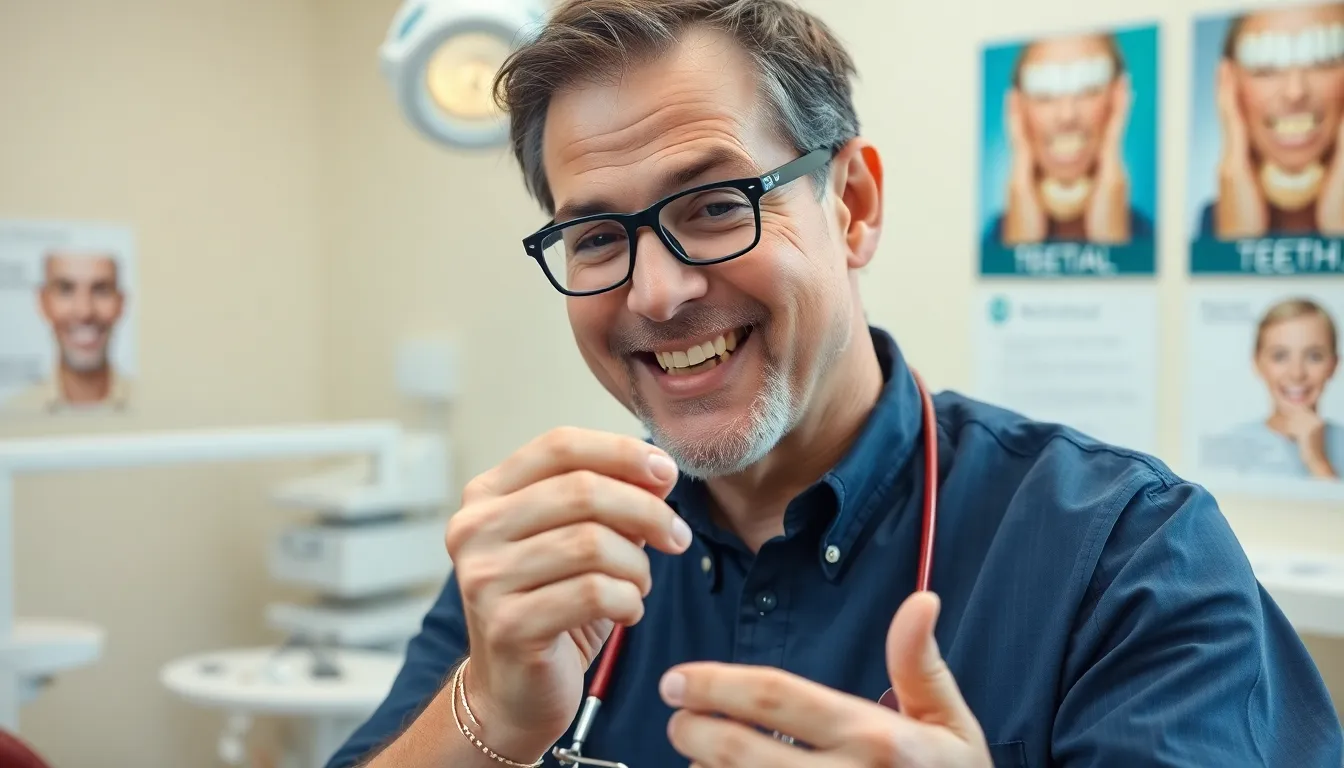
Orthodontic elastics, commonly called rubber bands, serve as essential components in your braces treatment. These small but mighty tools create additional force that guides your teeth and jaw into proper alignment, addressing issues that brackets and wires alone can’t correct. Rubber bands connect exact brackets on your upper and lower arches, creating the tension needed to perfect your smile.
How Rubber Bands Correct Bite Issues
Rubber bands work by exerting targeted pressure to gradually shift your jaw and teeth into their ideal positions. They’re typically introduced during the middle or later stages of your orthodontic treatment, once your teeth have aligned sufficiently for bite adjustments to be effective. The consistent wearing of elastics—often after meals and before bed—ensures continuous pressure that produces reliable results. Many patients notice important improvements in their bite alignment within weeks of consistent elastic use.
Dr. Harris often tells his patients, “Rubber bands are like personal trainers for your teeth—they apply just the right amount of pressure in just the right direction to guide your smile where it needs to go.”
Types of Malocclusions Treated with Rubber Bands
Rubber bands effectively address several common bite problems:
- Overbite: When your upper teeth excessively overlap your lower teeth, creating a deep bite appearance
- Underbite: When your lower teeth protrude beyond your upper teeth, giving a bulldog-like appearance
- Crossbite: When some of your upper teeth sit inside your lower teeth when biting down
These elastics can also assist in moving your jaw forward or backward as needed and help close gaps left by tooth extractions during treatment. The configuration of your rubber bands directly corresponds to your exact bite issue—diagonal patterns might address crossbites, while vertical patterns often help with overbites.
Stage 1: Initial Alignment Phase

The initial alignment phase lays the foundation for your entire orthodontic treatment. During this first stage, your orthodontist focuses on properly positioning your teeth before introducing additional corrective elements.
When Rubber Bands Are First Introduced
Orthodontic rubber bands don’t make their appearance during the initial alignment phase. These elastics are typically introduced in the middle or latter stages of your treatment, once your teeth have achieved sufficient alignment from the braces alone. Your orthodontist determines the exact timing based on your individual progress, generally after the initial straightening work is complete. Emma, one of Dr. Harris’s patients, was surprised to learn she wouldn’t receive elastics at her first appointment. “I thought I’d get everything at once,” she shared, “but Dr. Harris explained that my teeth needed to be aligned first before the rubber bands could effectively correct my overbite.”
Stage 2: Intermediate Correction Phase
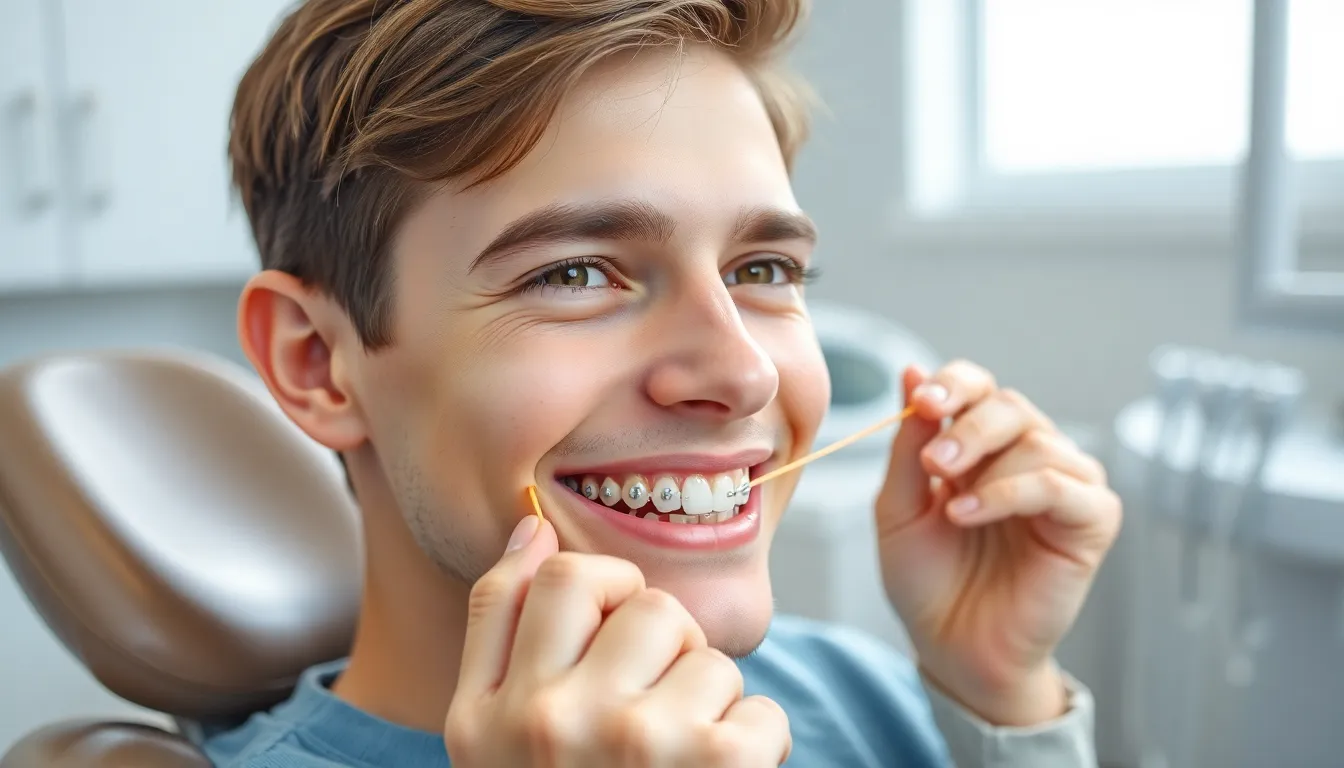
After your teeth have achieved initial alignment, your orthodontic treatment enters Stage 2—the Intermediate Correction Phase. During this critical period, rubber bands become essential tools for correcting exact bite issues and refining the alignment of your teeth and jaws.
Increasing Tension and Wear Time
The Intermediate Correction Phase introduces stronger elastic forces to move your teeth and jaws into proper position. Your orthodontist typically increases the tension of your rubber bands during this stage, requiring you to wear them for longer periods—often 20-22 hours daily, removing them only while eating and brushing. These stronger elastics create the additional force needed to address more complex alignment issues that braces alone can’t correct.
“I noticed a important difference when I followed Dr. Harris’s instructions to wear my elastics consistently during Stage 2,” shares Michael, a patient who completed treatment last year. “The first few days with increased tension felt uncomfortable, but my mouth adjusted quickly, and I saw faster improvements in my bite alignment.”
Consistent wear during this phase is crucial for treatment success. Skipping even a single day can set your progress back, potentially extending your overall treatment time by weeks or months. Many orthodontists recommend carrying spare elastics with you at all times to ensure you can replace them immediately if one breaks.
Addressing Exact Bite Problems
Stage 2 rubber bands target precise bite issues based on your unique orthodontic needs. Your orthodontist customizes the placement pattern of these elastics to address exact malocclusions:
- Class II correction (overbite): Elastics connect from upper molars to lower canines, pulling the lower jaw forward
- Class III correction (underbite): Bands run from lower molars to upper canines, retracting the lower jaw
- Crossbite correction: Diagonal elastic configurations apply lateral forces to align teeth that cross incorrectly
- Midline discrepancies: Asymmetrical elastic patterns shift teeth to properly center your smile
Dr. Harris explains, “The Intermediate Correction Phase is where we see the most dramatic improvements in bite function. The rubber bands act like small but powerful engines, guiding the jaws into harmonious alignment while the braces maintain precise tooth positioning.”
During this stage, you’ll typically visit your orthodontist every 4-6 weeks for adjustments. These appointments allow your orthodontist to evaluate your progress, modify elastic configurations as needed, and ensure you’re wearing the bands correctly. Your commitment to following the prescribed elastic wear schedule directly impacts how quickly and effectively your bite issues resolve.
Stage 3: Final Refinement Phase

The final refinement phase marks the last stretch of your orthodontic journey, where precision and patience become paramount. During this stage, your orthodontist focuses on perfecting tooth positions and achieving ideal bite alignment before your braces come off.
Fine-Tuning Tooth Positioning
Precision adjustments characterize this crucial phase of your treatment as your orthodontist works on perfecting the alignment of each tooth. Small gaps are meticulously closed, bite issues such as overbites, underbites, or crossbites receive targeted attention, and tooth contours are carefully reshaped to ensure optimal fit and appearance. Rubber bands play an essential role during this refinement stage by applying specialized forces that move teeth into their final positions relative to each other. These elastics create the necessary tension to guide your jaws and teeth into perfect harmony.
Dr. Harris often tells his patients, “The final refinement phase is like putting the finishing touches on a masterpiece. We’ve done the heavy lifting, and now it’s about making those precise adjustments that transform a good smile into a great one.”
Role of Rubber Bands in Final Refinement
Orthodontic elastics become increasingly important during this final stage as they help perfect your bite alignment. Your orthodontist will customize the configuration of these rubber bands to address any remaining alignment issues exact to your case. The elastics apply gentle but consistent pressure in precise directions to finalize tooth positioning and jaw alignment. Patients typically wear these bands for 20-22 hours daily, with exact instructions customized to their unique treatment needs.
Sarah, one of Dr. Harris’s patients, shared, “I was so tempted to skip wearing my rubber bands during the final months because my teeth already looked straight. But following through with consistent wear during those last few months made all the difference in how my bite feels now.”
Preparing for Braces Removal
Appointments become less frequent during the final refinement phase, typically scheduled every 8 to 12 weeks. Your orthodontist monitors progress carefully, making minor tweaks to ensure your teeth reach their ideal final positions before braces removal. This stage requires patience as the focus shifts to subtle adjustments that perfect your smile. The ultimate goal is achieving optimal tooth positioning and bite alignment before transitioning to retainers. Proper completion of this phase ensures long-term stability of your new smile and prevents potential relapse after your braces come off.
Throughout this final phase, your commitment to following orthodontic instructions, particularly about rubber band wear, directly impacts treatment duration and results. Consistent cooperation during these last months of treatment yields the most satisfying outcomes and prepares you for successful retention of your beautifully aligned smile.
Common Rubber Band Configurations and Their Purposes

Orthodontic rubber bands work strategically to address exact bite issues through various configurations. Each elastic arrangement applies targeted pressure to move teeth and jaws into proper alignment, complementing the foundational work of brackets and wires.
Class II Elastics for Overbites
Class II elastics connect from your upper canine tooth or first premolar to your lower molar, creating diagonal tension across your mouth. This configuration pulls upper teeth backward while simultaneously moving lower teeth forward, effectively correcting overbites where top teeth significantly overlap bottom teeth. You’ll typically wear these in a triangular pattern, with the band stretching from the hook on your upper front area to a hook on your lower back tooth.
“I remember Sarah, who came to me with a pronounced overbite that affected her confidence,” shares Dr. Todd B. Harris. “After three months of consistent Class II elastic wear, her bite improved dramatically. The key was her dedication to wearing them 20-22 hours daily, only removing them for meals and brushing.”
Class III Elastics for Underbites
Class III elastics run in the opposite direction of Class II bands, attaching from your lower canine or premolar to your upper molar. This arrangement generates forces that pull lower teeth backward while guiding upper teeth forward, addressing underbites where bottom teeth protrude beyond upper teeth. Your orthodontist will direct you to hook these elastics in a reverse triangular pattern compared to Class II configurations.
Patients often notice important improvements within 4-6 months of consistent wear. Michael, a college student who struggled with an underbite for years, saw remarkable changes after following his elastic wear schedule diligently. “The transformation in how his teeth met changed not only his bite function but also his facial profile,” Dr. Harris notes. “Class III elastics are particularly effective when patients understand the importance of changing them after meals to maintain consistent tension.”
Both configurations require elastic changes multiple times daily to maintain optimal force. Your orthodontist will select the appropriate elastic strength based on your exact treatment needs, sometimes starting with lighter forces and progressing to stronger bands as your teeth adapt to the pressure.
Managing Discomfort Throughout the Rubber Band Stages
Rubber bands create additional pressure on your teeth and jaws, often causing temporary discomfort that varies throughout your orthodontic journey. This soreness typically peaks during the first 3-5 days after a new rubber band configuration is introduced. Many patients describe the sensation as a dull ache rather than sharp pain, primarily affecting the jaw joints and exact teeth where elastics apply pressure.
Initial Adjustment Period
The introduction of rubber bands often triggers mild to moderate discomfort as your teeth and jaws adapt to these new forces. Over-the-counter pain relievers like ibuprofen or acetaminophen can effectively manage this initial soreness when taken as directed by your orthodontist. Cold compresses applied to the outside of your face for 15-20 minutes can reduce inflammation and provide relief during the first few days of wearing new elastics.
“I remember when Sarah, one of my teenage patients, first started wearing Class II elastics for her overbite,” shares Dr. Harris. “She was concerned about the discomfort, but by applying ice packs after school and taking appropriate pain relievers, she adjusted within just four days and barely noticed them afterward.”
Managing Ongoing Discomfort
Your comfort levels typically improve as treatment progresses, with each adjustment becoming easier to tolerate. Orthodontic wax serves as an excellent solution for irritation caused by brackets or hooks that interact with your rubber bands. Applying small amounts to problematic areas creates a smooth barrier between your oral tissues and braces components.
Soft foods like yogurt, smoothies, soups, and pasta are gentler options during periods of increased sensitivity after elastic adjustments. Consistent wear of your rubber bands actually minimizes overall discomfort by preventing the “starting over” effect that occurs when elastics are worn irregularly.
Long-Term Comfort Strategies
Establishing a consistent routine helps your body adapt more efficiently to the ongoing pressure from rubber bands. Drinking cold water or sucking on ice chips can temporarily numb sensitive areas without disrupting your treatment progress. Gently massaging your jaw joints in circular motions for 2-3 minutes several times daily improves circulation and reduces tension in the temporomandibular joint.
Rinsing with warm salt water (½ teaspoon salt in 8 ounces of water) soothes irritated tissues and reduces inflammation around hooks and brackets. Your mouth gradually develops calluses in areas that initially experienced irritation, creating natural protection against discomfort as treatment advances.
Tips for Proper Rubber Band Compliance
Consistent Wear Schedule
Rubber bands must be worn 24 hours a day, removing them only during meals to achieve optimal results. Consistent wear creates continuous pressure that effectively moves your teeth into their correct positions. Many patients make the mistake of taking “breaks” from their elastics, which actually prolongs treatment time and causes renewed soreness when you resume wearing them. Dr. Harris often tells patients, “The more consistent you are with your rubber bands, the sooner you’ll be free of your braces altogether.”
Replacement Frequency
Replace your rubber bands at least four times daily since they lose elasticity after approximately six hours of use. Fresh elastics maintain the proper tension needed for effective tooth movement. Optimal replacement times include after breakfast, lunch, dinner, and before bedtime. Sarah, one of our patients, noticed important improvement in her overbite after she started following this replacement schedule religiously, cutting her estimated treatment time by nearly two months.
Carrying Extra Bands
Always keep spare rubber bands with you in multiple locations to ensure continuous wear. Store them in your backpack, purse, car, locker, and desk drawer to access replacements immediately when needed. Elastics break unexpectedly or stretch out, requiring prompt replacement to maintain treatment progress. Portable cases provided by your orthodontist protect your spare bands and fit conveniently in small spaces.
Maintaining Oral Hygiene
Change your rubber bands after brushing and flossing to incorporate this habit into your daily oral hygiene routine. Clean teeth and braces allow rubber bands to work more effectively without interference from food particles. Removing elastics before eating prevents them from becoming stretched or damaged while chewing. After meals, rinse your mouth thoroughly before placing fresh bands to prevent food debris from becoming trapped beneath them.
Conclusion
Your journey with braces rubber bands represents a critical path to your perfect smile. These tiny elastics play an outsized role in transforming your bite and alignment beyond what braces alone can achieve.
Remember that your consistent wear and proper care directly impact your treatment timeline. By following your orthodontist’s instructions for placement timing and replacement you’re actively participating in your smile transformation.
The temporary discomfort of rubber bands pales in comparison to the lifetime of confident smiles ahead. As you progress through each stage your dedication becomes increasingly important for those final precise adjustments.
Stay committed to your rubber band routine and you’ll soon enjoy the remarkable results of your orthodontic journey – a beautifully aligned smile that was worth every elastic.
Frequently Asked Questions
Why are rubber bands necessary for orthodontic treatment?
Rubber bands provide targeted pressure that braces alone cannot achieve. They help close gaps, correct bite issues (like overbites and underbites), and align the jaw properly. These elastics create additional force to guide teeth and jaws into proper alignment, addressing problems that brackets and wires cannot fix on their own. They’re essentially the “personal trainers” for your teeth, applying precise pressure in specific directions.
When are rubber bands typically introduced during braces treatment?
Rubber bands are usually introduced during the middle or later stages of orthodontic treatment, after the initial alignment phase. Your orthodontist will wait until your teeth have achieved sufficient straightening before adding elastics. This timing ensures the rubber bands can effectively address specific bite issues once the teeth are properly positioned to respond to this additional force.
How long should I wear my orthodontic rubber bands each day?
You should wear your rubber bands 20-22 hours per day, removing them only for eating and brushing. Consistent wear is crucial—skipping even one day can significantly delay your progress. Your orthodontist prescribes this schedule because continuous pressure is needed to effectively move teeth and correct alignment issues.
What types of bite problems can rubber bands fix?
Rubber bands can correct several bite issues including overbites (Class II elastics), underbites (Class III elastics), crossbites, and midline discrepancies. Each configuration applies specific directional force to move teeth and jaws into proper alignment. Your orthodontist will customize the elastic pattern based on your unique needs and the specific malocclusion being addressed.
How often should I change my orthodontic rubber bands?
Replace your rubber bands at least four times daily—after meals and before bed. Fresh elastics maintain proper tension, as rubber bands stretch and lose effectiveness over time. Carrying extra bands ensures you can replace them immediately if one breaks. Regular replacement helps maintain consistent pressure on your teeth, which is essential for efficient movement and shorter treatment time.
Is it normal to experience pain when wearing rubber bands?
Yes, temporary soreness is normal, especially during the first few days with a new rubber band configuration. The discomfort typically subsides as your teeth adjust to the new pressure. You can manage this discomfort with over-the-counter pain relievers, cold compresses, and soft foods. Most patients report that their comfort levels improve significantly as treatment progresses.
What happens if I don’t wear my rubber bands as prescribed?
Inconsistent rubber band wear can significantly extend your treatment time. Skipping even a day can cause teeth to shift back, undoing progress. Your orthodontist designs your treatment plan assuming consistent elastic wear, so non-compliance creates unpredictable results and may prevent achieving optimal alignment. Following instructions precisely ensures the most efficient and effective treatment outcome.
Can I eat with my rubber bands in?
No, you should remove your rubber bands while eating. Food can damage or dislodge the elastics, and the chewing motion with bands in place can put excessive force on your teeth and brackets. Always remove them before meals and replace them with fresh bands immediately after brushing or rinsing following your meal.

